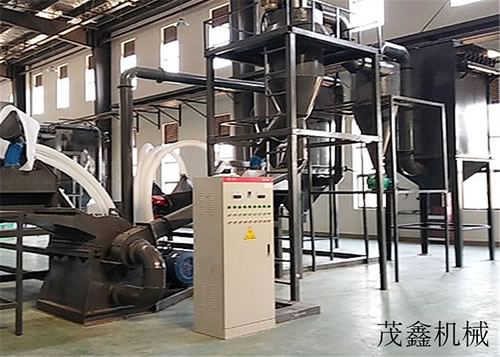The Critical Role of Hard Material Crushing and Grinding Equipment in the Processing of Bauxite in Laos

Bauxite, a mineral ore rich in aluminum, has emerged as a significant natural resource in Laos. The processing of this ore to extract aluminum involves several crucial steps, among which the crushing and grinding of hard materials play a vital role. This article delves into the importance of specialized equipment designed for these processes and their contribution to the bauxite industry in Laos.
The Extraction and Beneficiation of Bauxite
Before the refining process can begin, raw bauxite must be extracted from the earth through mining operations. Once extracted, it undergoes beneficiation, a stage that separates the valuable minerals from the gangue—unwanted material accompanying the ore. During this stage, the size reduction of the ore becomes essential.
The Role of Crushing and Grinding Equipment
Crushing and grinding are fundamental unit operations in the processing of bauxite. These operations transform the extracted ore from large lumps into finer particles that are more manageable and suitable for further treatment. The effectiveness of these processes is directly linked to the efficiency of the equipment used.
Hard Material Crushers
Crushers designed for hard materials such as jaw crushers, cone crushers, and impact crushers are employed at the initial stages of bauxite processing. These machines are engineered to withstand the high pressure and abrasion caused by breaking down dense and abrasive ores like bauxite. Their robust construction ensures reliability under demanding conditions, minimizing downtime and maintenance requirements.
Grinding Mills

Following the crushing phase, grinding mills further reduce the particle size of the bauxite, making it ready for subsequent processes such as calcination or leaching. Ball mills, vertical roller mills, and stirred mills are commonly used for grinding applications. They operate on the principle of applying high stress to the ore particles, resulting in fracture and a decrease in size.
Energy Efficiency and Optimization
In an industry where energy consumption is a major concern, the development of energy-efficient crushing and grinding equipment is paramount. Manufacturers continuously strive to optimize machine designs to reduce energy demands without compromising productivity. For instance, variable speed drives and automated control systems help regulate the operation of crushers and mills, ensuring that they work at the most efficient rate given the ore's characteristics.
Environmental Considerations
Aside from economic benefits, environmental stewardship is another critical aspect when dealing with heavy machinery. Dust suppression systems and noise reduction technologies are integrated into modern crushing and grinding equipment to minimize their environmental footprint. This not only protects the surrounding ecosystem but also improves the working conditions for operators.
Conclusion
The processing of bauxite in Laos heavily relies on the performance of crushing and grinding equipment tailored for hard materials. These machines serve as the backbone of the extraction and beneficiation processes, breaking down the ore into a form that can be further refined into aluminum. As technology advances, the continued evolution of these machines will undoubtedly enhance their efficiency, sustainability, and overall contribution to the growth of Laos's burgeoning bauxite industry.